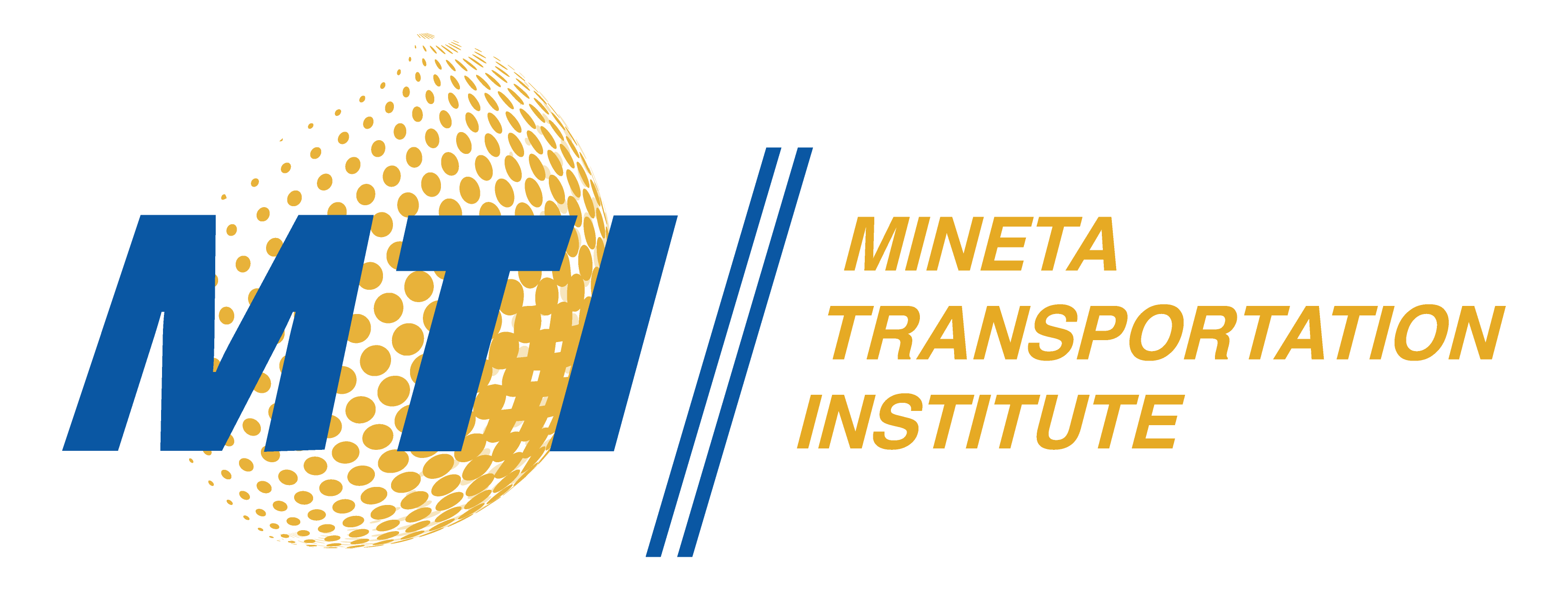Description
Vertiport research and development trails in the emerging commercial air taxi sector known as Advanced Air Mobility (AAM). Published scholarship remains limited as federal, state, and local governments have yet to create or implement policies for the rapidly progressing larger AAM ecosystem, which is designed around autonomous electric vehicle takeoff and landing aircraft. With the potential for frequent low altitude flights, long-range planning must demonstrate awareness, knowledge, and utilization of geographic information science to select safe and just vertiport locations. This study summarizes the AAM literature and offers planners a set of stakeholder-informed parameters to use in a no-cost preliminary GIS analysis when applied to urban, suburban, and exurban site suitability models. Parameters for this case study were identified under the considerations of safety, access, and equity for vertiport placement and given a high, medium, or low priority level to determine site suitability. The goals of this study are to establish a framework for the systematic approach to vertiport site selection and to provide recommendations for how a region might plan its AAM network, regulations, or best practices. The approach established by this framework would ensure general consistency in AAM land use planning for a region while remaining flexible enough to allow for other considerations that may differ between regions, such as local zoning or state regulations. The study also highlights the importance of integrating a focus on land use planning when implementing AAM, especially as it relates to a case study of the San Francisco Bay Area.
Publication Date
5-2023
Publication Type
Report
Topic
Planning and Policy, Sustainable Transportation and Land Use
Digital Object Identifier
10.31979/mti.2023.2122
MTI Project
2122
Mineta Transportation Institute URL
https://transweb.sjsu.edu/research/2122-Land-Use-Analysis-Vertiports-San-Francisco-Bay-Area
Keywords
Advanced air mobility (AAM), Land use planning, GIS, Transportation planning
Disciplines
Policy Design, Analysis, and Evaluation | Transportation
Recommended Citation
Wenbin Wei, Kerry Rohrmeier, Tiffany Martinez, Michael Winans, and Heungseok Park. "Land Use Analysis on Vertiports Based on a Case Study of the San Francisco Bay Area" Mineta Transportation Institute (2023). https://doi.org/10.31979/mti.2023.2122
Research Brief

